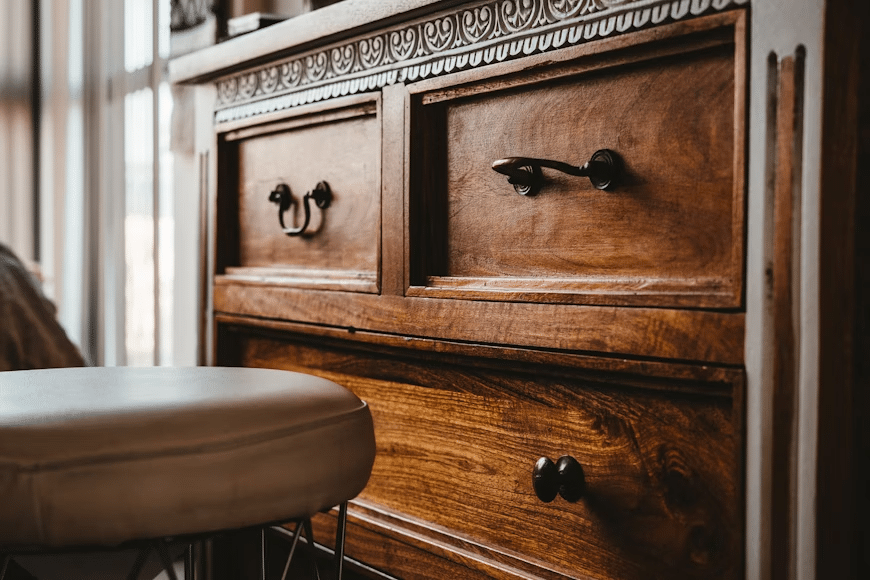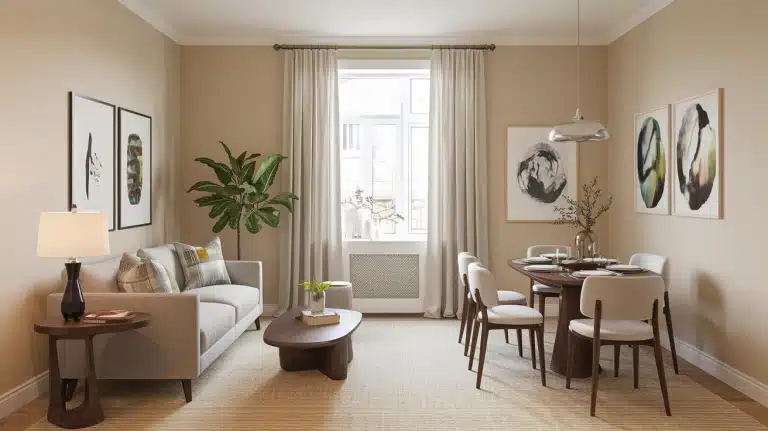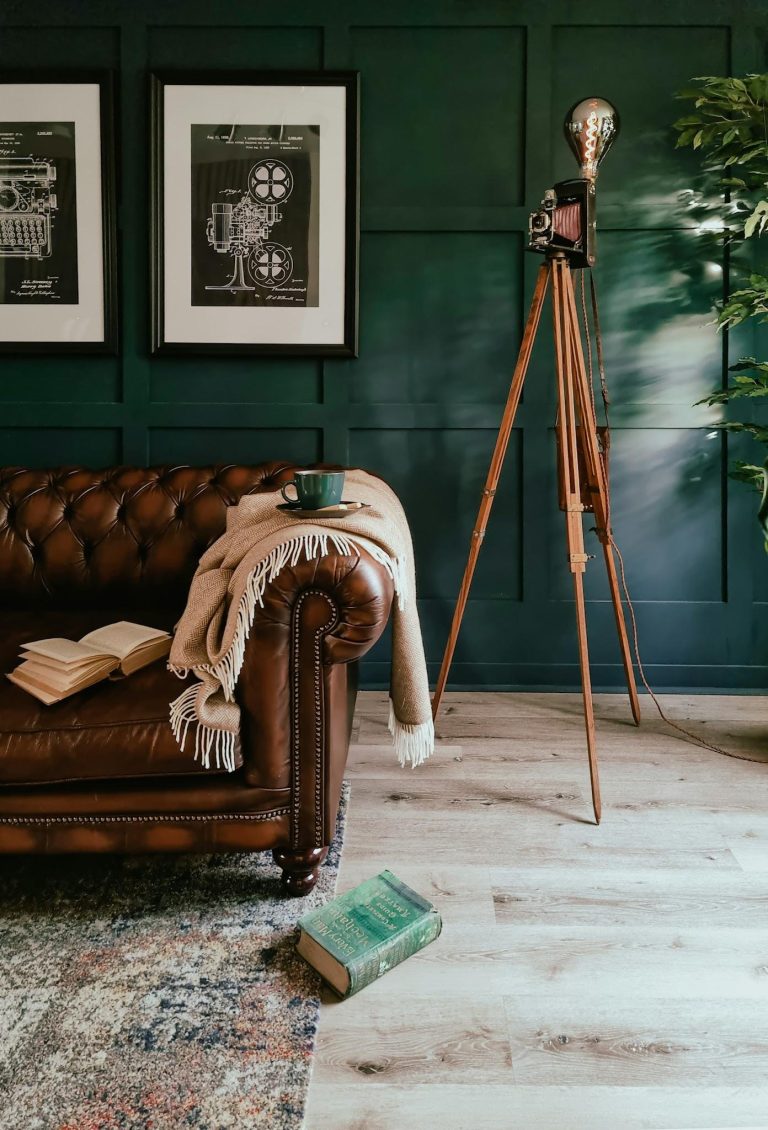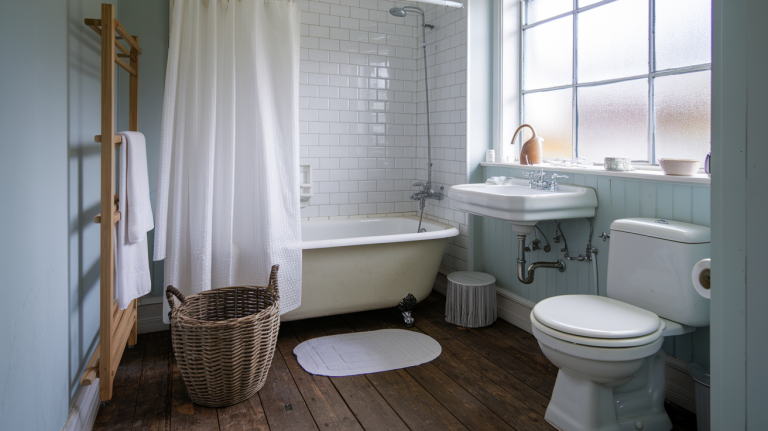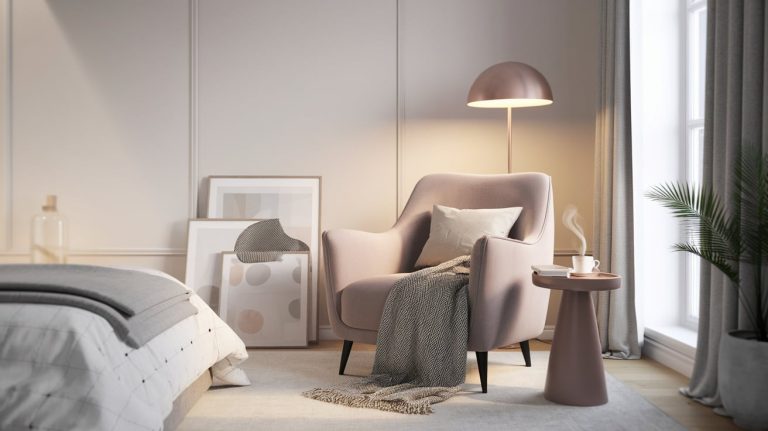Why We’re Choosing Handmade Over Mass-Produced (And Never Looking Back)
Flat-pack furniture has had its moment. We’ve all been there—wrangling with a hex key that looks like it was designed by someone who hates humanity, trying to decode instructions that seem written in hieroglyphics, only to end up with a wobbly bookshelf that barely survives your cat jumping on it.
Now? We’re done. Over it. Ghosted.
Instead, more and more of us are turning to handmade, solid wood furniture—and for good reason. It’s not just about aesthetics (though, have you seen some of these pieces? Drool-worthy.) It’s about longevity, quality, sustainability, and—yes—soul. There’s something deeply satisfying about owning a piece that was made by human hands.
Like those by Legacy Handcraft, a small-but-mighty furniture maker known for crafting jaw-dropping solid wood shelves and furniture. Each piece? Built like it’s going to be passed down through three generations and still not creak. And that’s the energy we’re here for.
But why exactly are so many people ditching mass-produced furniture? Buckle up—we’re diving into the real reasons, the unexpected benefits, and the kind of advice no one’s telling you (but should).
1. Your House Deserves Character, Not Copy-Paste
Walk into any big-box store and you’ll see it—furniture that looks like it came off the same assembly line that birthed 50,000 other identical versions. No personality. No nuance.
But handmade pieces? They’ve got flaws—the good kind. Knots, grains, color shifts. These aren’t imperfections; they’re what woodworkers call figure—and trust us, they’re prized. That ripple in the walnut? The little mineral streak in the maple? Pure nature’s artwork.
Rare advice alert: When buying handmade, ask about the provenance of the wood. Makers often source from sustainable or reclaimed materials with a backstory—think fallen trees from historic properties or storm-downed local lumber. It’s not just a table—it’s a conversation starter.
2. No More “Disposable Decor”
You know that sinking feeling when a chair leg wobbles a week after delivery? That’s the cost of mass production. These pieces are made for looks, not life.
Solid wood furniture is a whole other beast. Handmade items are often built using time-tested joinery techniques like dovetails, mortise and tenon, and tongue and groove—not just screws and glue. That means it won’t fall apart the moment your toddler decides the coffee table is a dance stage.
3. You’re Not Just Buying Furniture—You’re Supporting Craftsmanship
You ever watched one of those woodworking TikToks where someone planes a plank of walnut and it instantly transforms into a rich, chocolatey dream? It’s so satisfying. That’s because real craftsmanship is equal parts art and precision.
When you buy handmade, you’re directly supporting skilled artisans—not CEOs in corner offices. You’re preserving traditions that go back centuries, ones that machines still can’t quite replicate. And honestly? That just feels good.
Hot tip: Ask your furniture maker if they can burn their signature into a hidden part of the piece. It’s a quiet flex and adds a layer of legacy.
4. Customization Without the Headache
Forget “assembly required.” With handmade, you’re often getting “customization included.” Want a shelf 3 inches deeper so it fits your favorite coffee table books? Done. Prefer a warm cherry over cool-toned ash? Just ask.
You get to co-create—and that means your furniture actually fits your lifestyle, not just your square footage.
Rarely mentioned move: Consider your light exposure when choosing wood. Some woods like cherry or walnut darken over time with UV exposure. If your piece will be in direct sunlight, talk to your maker about how that species will age—or even ask for a mockup of how it will look in 5 years.
5. Lower Carbon Footprint, Higher Vibes
Sustainability isn’t just about bamboo toothbrushes and compost bins. When you choose handmade, you’re often avoiding the shipping, packaging, and chemical treatments that come with factory-made goods.
Also, ever noticed how mass-produced furniture smells… weird when you unwrap it? That’s usually VOCs (volatile organic compounds), and yeah—they’re not great for your lungs or your vibe.
6. Mass-Produced is Fast Fashion for Your Home
There, we said it. Buying another MDF coffee table because the last one chipped after six months? That’s the home decor version of buying $10 leggings that fall apart after two washes.
Would you rather buy three shelves in three years—or one that lasts 30?
But if you’re on a budget, start with high-impact pieces. A single stunning handmade shelf in your entryway or above your bed can change the whole vibe of the space. Let it anchor the room and build around it slowly. Slow decorating is the new fast fashion.
7. There’s Joy in the Wait
Mass-produced furniture is all about instant gratification—order it today, unbox it tomorrow. Handmade? It’s about anticipation.
Yes, it takes a few weeks (or months). But like a good sourdough or a fine bourbon, it’s worth the wait. And when it arrives? You feel the care in every joint and curve. No cardboard box could ever deliver that feeling.
Final Thought: Less Meh, More Meaning
At the end of the day, your home should be a reflection of who you are—not just what was on sale during Black Friday. Choosing handmade solid wood furniture isn’t just about looks; it’s about aligning your space with your values.
So next time you’re tempted by that too-good-to-be-true coffee table online? Maybe pause. Take a beat. And remember: you deserve better than mass-produced mediocrity.

